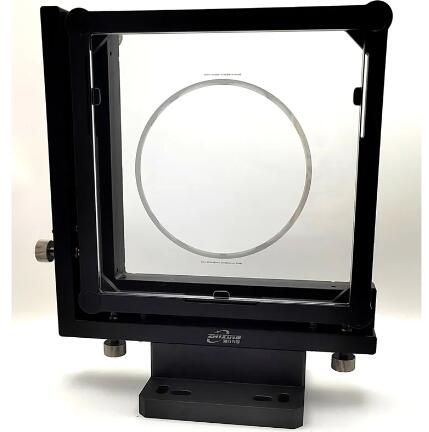Cylindrical vs. Spherical Mirrors: A Comparative Exploration
2024-08-24
Mirrors come in various shapes and sizes, each designed to perform specific optical functions. Two of the most commonly discussed types are cylindrical mirrors and spherical mirrors. While they may seem similar at first glance, these mirrors differ significantly in shape, function, and application. In this blog, we'll delve into the differences between cylindrical and spherical mirrors, and how these differences influence their use in various fields.
What Are Spherical Mirrors?
Spherical mirrors are mirrors that have a consistent curvature in all directions, forming a part of a sphere. They come in two varieties: concave and convex. A concave spherical mirror curves inward like the inside of a bowl, focusing light rays that strike it towards a single point. Conversely, a convex spherical mirror curves outward, causing light rays to spread out after reflection.
What Are Cylindrical Mirrors?
Cylindrical mirrors, on the other hand, have a curvature in only one direction, forming a segment of a cylinder. Like spherical mirrors, cylindrical mirrors can be concave or convex, but instead of focusing light into a point, they focus it into a line. This unique property makes cylindrical mirrors particularly useful in applications where light needs to be concentrated along a single axis.
Comparing the Two: Functionality and Applications
1. Focusing Light
- Spherical Mirrors: Spherical mirrors focus or spread light to or from a single point. This characteristic makes them ideal for applications such as telescopes, headlights, and satellite dishes, where a concentrated point of light is required.
- Cylindrical Mirrors: In contrast, cylindrical mirrors focus light into a line rather than a point. This linear focusing is essential in applications such as laser scanners, bar code readers, and certain types of imaging equipment where light needs to be directed along a specific plane or axis.
2. Optical Aberrations
- Spherical Mirrors: One of the challenges with spherical mirrors is spherical aberration. This occurs when light rays do not converge at the same point, leading to a blurred or distorted image. Special techniques or corrective lenses are often required to minimize this effect.
- Cylindrical Mirrors: Cylindrical mirrors can introduce a different kind of aberration known as astigmatism. This occurs when the mirror causes light to focus unevenly, creating a distorted line or image. However, in many cases, cylindrical mirrors are deliberately used to correct astigmatism in optical systems.
3. Applications in Technology
- Spherical Mirrors: Due to their ability to focus light into a point, spherical mirrors are widely used in devices like telescopes, where gathering light from distant objects is crucial. They are also common in everyday items like shaving mirrors and vehicle side mirrors.
- Cylindrical Mirrors: The unique linear focusing ability of cylindrical mirrors makes them invaluable in specialized equipment. For example, in laser cutting and scanning systems, cylindrical mirrors help focus the laser beam into a precise line, enhancing accuracy and efficiency.
4. Design and Manufacturing
- Spherical Mirrors: Manufacturing spherical mirrors involves creating a consistent curvature across the entire surface, which can be challenging and requires precision. They are often made from glass or other reflective materials and coated with a reflective surface.
- Cylindrical Mirrors: Cylindrical mirrors require a different manufacturing process, as the curvature is only in one direction. This difference can affect both the cost and complexity of production, depending on the application.
Why Choose One Over the Other?
The choice between a cylindrical and a spherical mirror largely depends on the specific requirements of the optical system in which it will be used. For applications requiring point focusing, such as telescopes or microscopes, spherical mirrors are the preferred choice. However, when linear focusing is needed, as in laser systems or certain imaging technologies, cylindrical mirrors are the better option.
Conclusion
Cylindrical and spherical mirrors each offer unique benefits that make them suitable for different applications. Understanding the key differences between these two types of mirrors—such as their focusing properties, potential for optical aberrations, and specific uses—can help in selecting the right mirror for a given optical system. Whether you're working in industrial design, scientific research, or consumer electronics, knowing when to use a cylindrical or spherical mirror is essential to achieving optimal results.



